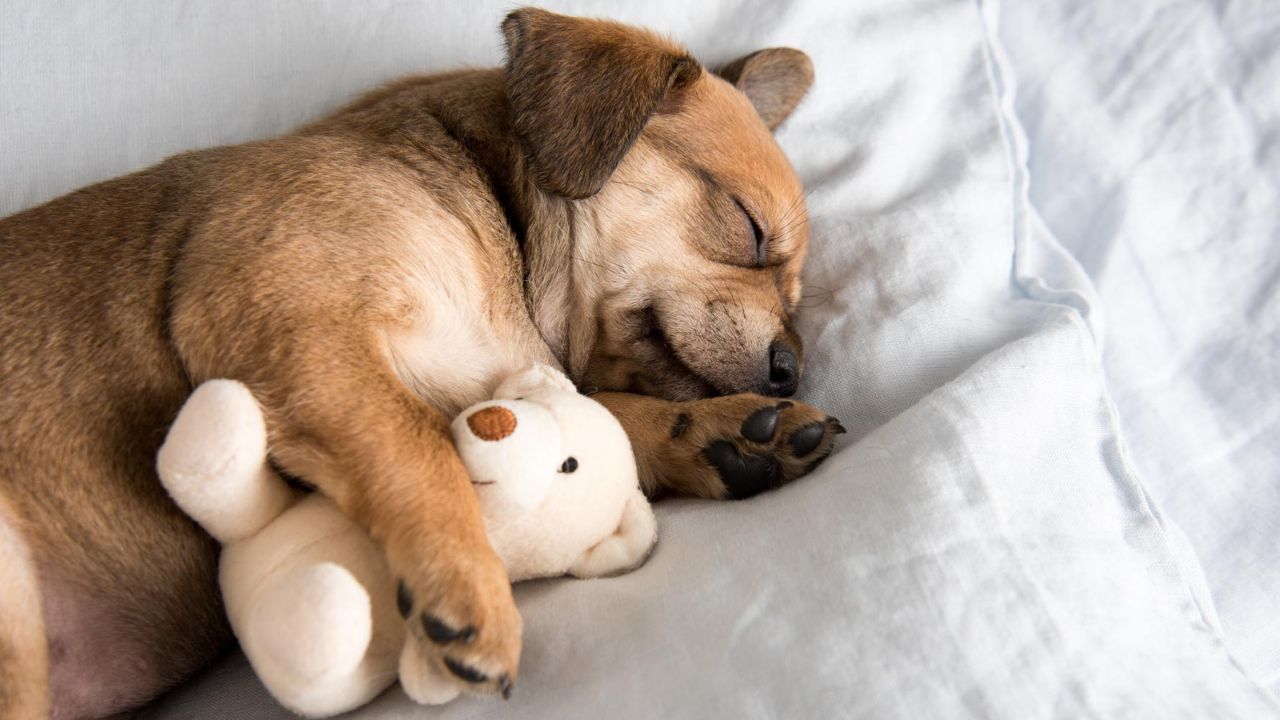The ideal sleeping spot for a new puppy is a crucial decision for pet owners. Choices include crate training, promoting routine and security, or co-sleeping for bonding. Factors like the puppy’s age, size, health, gradual transitions, and positive reinforcement contribute to a comfortable sleeping environment. Ultimately, the selected option shapes the puppy’s behaviour and strengthens the bond between owner and pet.
Importance of Where a New Puppy Sleeps
The significance of where a new puppy sleeps cannot be overstated. Choosing the right sleeping spot for your furry companion is crucial for their well-being and development. It sets the foundation for a positive and comfortable environment, influencing their behaviour and overall happiness.
Whether opting for crate training or co-sleeping, the chosen sleeping arrangement is vital in fostering a strong bond between the owner and the puppy, contributing to a harmonious and fulfilling relationship.
Creating a Comfortable Sleeping Space
Crafting a cosy and inviting restful area is essential for your new puppy’s well-being. Ensuring their sleeping space is comfortable involves:
- Carefully select the right bed.
- Strategically placing it in a quiet location.
- Incorporating familiar items like toys or blankets with comforting scents.
This thoughtful approach fosters a positive sleeping experience for your furry friend and contributes to establishing a healthy sleep routine. By prioritizing their comfort, you create a secure and comforting environment for your puppy to rest and recharge.
Puppy Sleeping Options
This section delves covering both crate training benefits and co-sleeping advantages. Crate training provides a secure environment, fostering routine and safety. On the other hand, co-sleeping emphasizes bonding and helps alleviate separation anxiety.
Each option has distinct advantages, allowing owners to tailor their approach based on the puppy’s age, size, and individual preferences. Understanding these options ensures a thoughtful decision, contributing to a positive and comfortable sleeping experience for the newest addition to the family.
Factors to Consider
These factors, ranging from the puppy’s age and size to individual preferences and health considerations, play a crucial role in determining the most suitable sleeping arrangement. Understanding and weighing these elements creates a comfortable and secure sleeping space for your furry companion. By taking into account your puppy’s unique needs, you pave the way for a positive and tailored approach to their nighttime routine.
Preparing the Sleeping Area

Creating a cosy haven for your new puppy to rest is crucial to their well-being. Ensuring the sleeping area is thoughtfully prepared involves selecting the right bed, choosing an optimal location, and introducing comforting elements.
Select a comfortable and appropriately sized bed, strategically position it in a quiet space, and add familiar items like toys or blankets with familiar scents. This thoughtful preparation contributes to a positive and inviting sleeping space, promoting a restful environment for your furry friend.
Transitioning Techniques
Transitioning Techniques” encapsulates the strategies employed to introduce a new sleeping routine for your puppy smoothly. These methods involve gradual changes, providing comfort items, and utilizing positive reinforcement.
The aim is to make the transition seamless, allowing your puppy to adapt comfortably to their designated sleeping space. Effective transitioning techniques ensure a positive association with the new arrangement, fostering a peaceful and stress-free environment for you and your furry companion.
Monitoring and Adjusting
This phase involves closely monitoring your puppy’s behaviour in their designated sleeping area and making necessary adjustments for their comfort and well-being. Keep a vigilant eye on how your furry friend responds to the chosen spot, and be ready to refine the sleeping arrangement based on their cues.
This proactive approach ensures a seamless transition, allowing you to address any signs of discomfort or resistance promptly. By staying attuned to your puppy’s needs, you can create an optimal sleeping environment that fosters a sense of security and contentment.
Conclusion
The optimal sleeping arrangement for a new puppy is a crucial decision that significantly influences their well-being and the owner-puppy bond. By carefully considering factors like age, individual preferences, and health considerations, pet owners can create a comfortable and secure environment for their furry companions, fostering positive habits and lasting connections.
FAQ
Where Should A New Puppy Sleep?
A new puppy should sleep in your room for the first night or two to get used to your scent and feel safe. Afterwards, you can let him sleep wherever he prefers – inside or outside, with a bed or crate.
Can A Puppy Sleep Alone At Night?
Whatever you choose, remember that a puppy may find it frightening to be left alone at night, particularly if they have never experienced being apart from their mother and littermates. It’s common for a puppy to require time and training before they feel secure enough to sleep through the night on their own. Can I sleep in my bed with my puppy?
Should A Puppy Sleep in A Crate?
When your dog decides it’s your bed or no bed, letting your new pet sleep in your bed will rapidly become ingrained in a habit that will be hard to overcome. It’s best to start your puppy out with his own nest from the beginning. Most puppies do best in a crate with soft, suitable bedding tucked inside.
Should a New Dog Sleep on His Bed?
Experts say that even on the first night at home, your new puppy needs to sleep on his bed, not snuggled up to you like a favourite stuffed doll. When your dog decides it’s your bed or no bed, letting your new pet sleep in your bed will rapidly become ingrained in a habit that will be hard to overcome.

